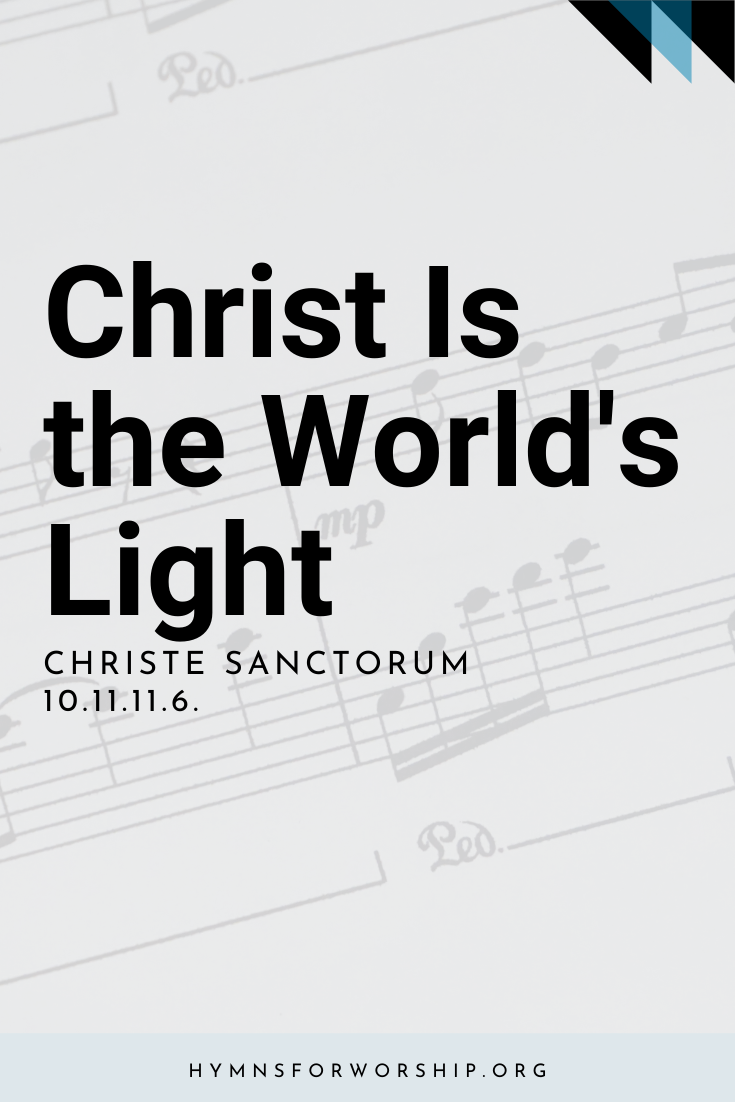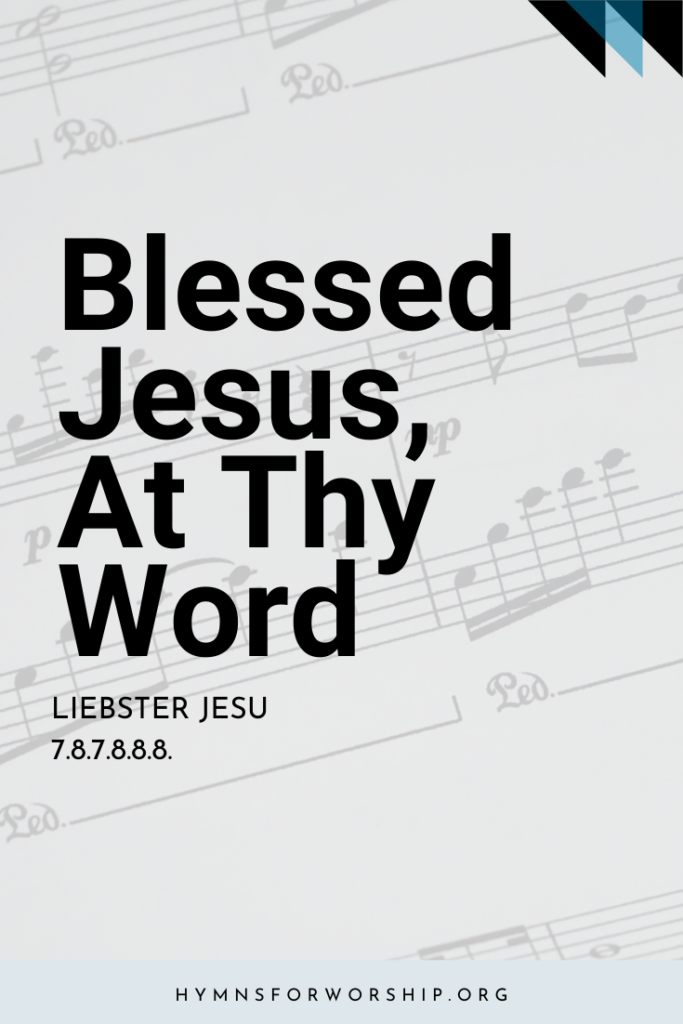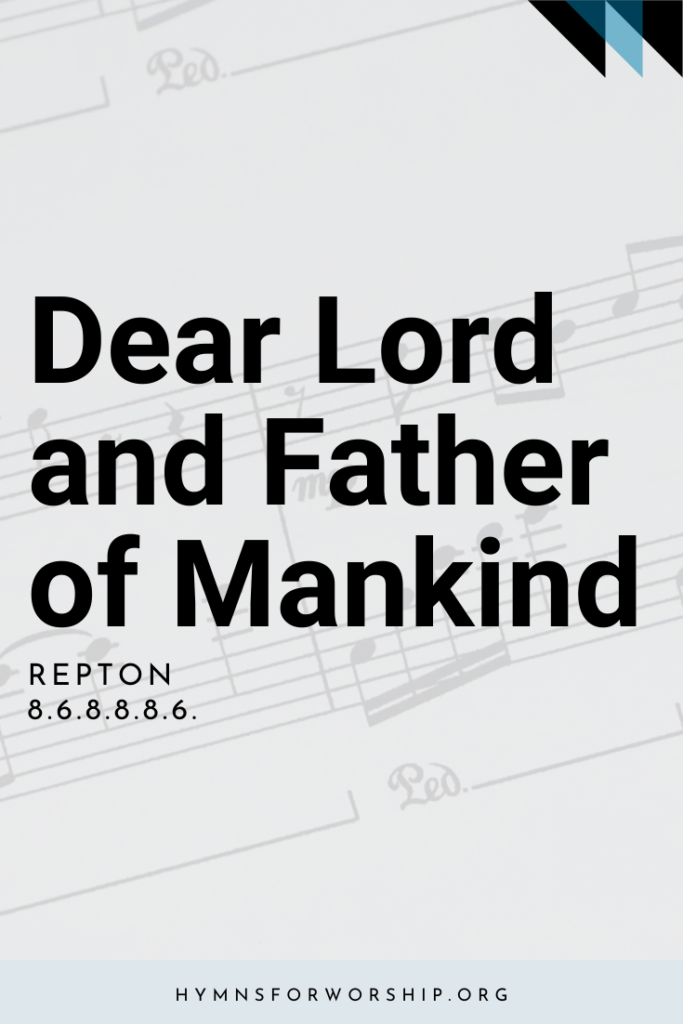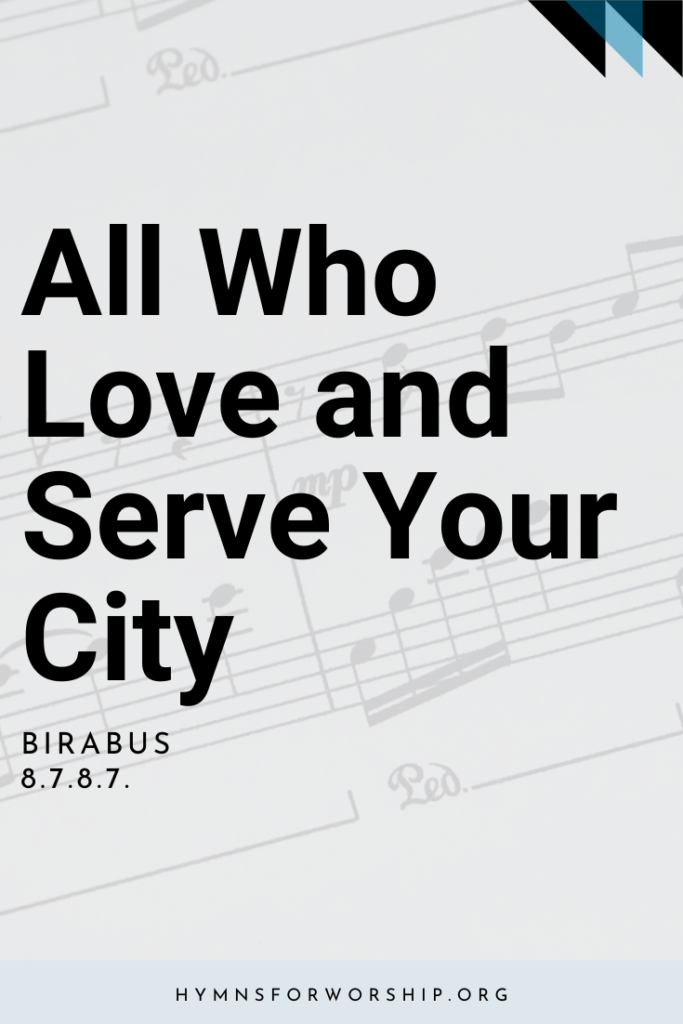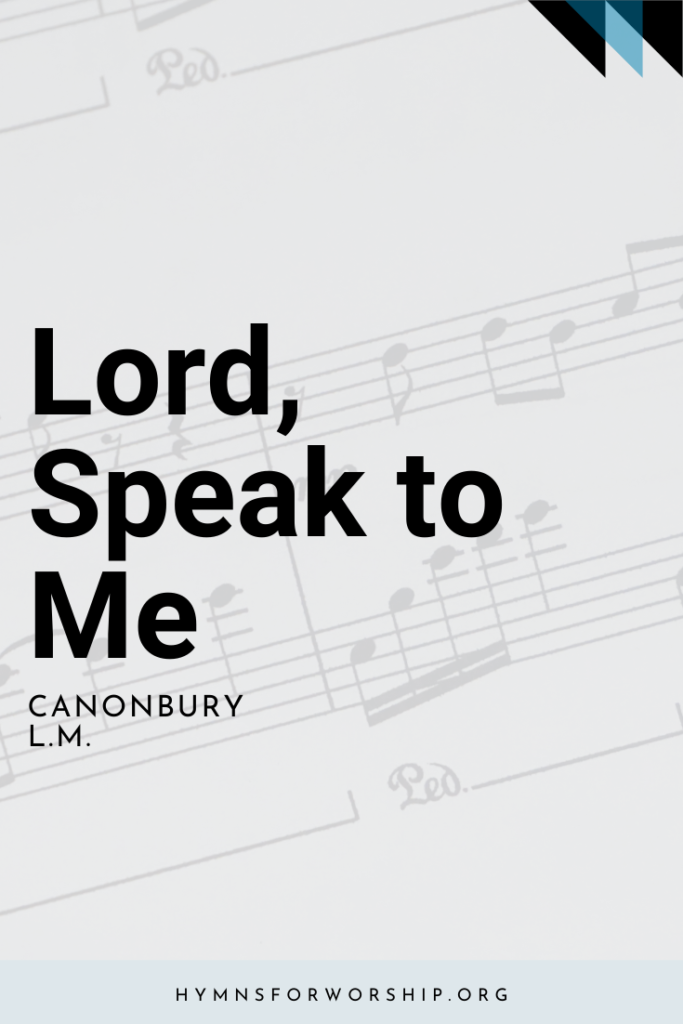JESUS CHRIST >> GLORY & PRAISE
SDAH 234
Christ is the world’s light,
Christ and none other;
born in our darkness,
He became our brother-
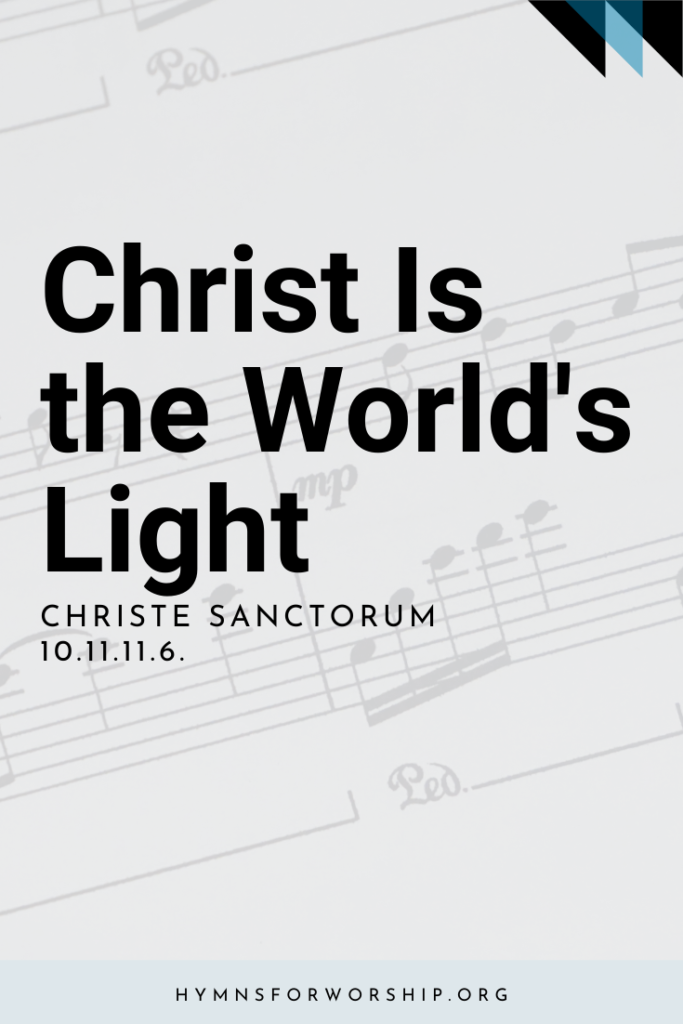

Text
1
Christ is the world’s light,
Christ and none other;
born in our darkness,
He became our brother-
if we have seen Him,
we have seen the Father:
Glory to God on high!
2
Christ is the world’s peace,
Christ and none other;
no one can serve Him,
and despise another.
Who else unites us,
one in God the Father?
Glory to God on high!
3
Christ is the world’s life,
Christ and none other;
sold once for silver,
murdered here, our brother-
He, who redeems us,
reigns with God the Father:
Glory to God on high!
4
Give God the glory,
God and none other;
give God the glory,
Spirit, Son and Father;
give God the glory,
God-with-us our brother:
Glory to God on high!

Hymn Info
Biblical Reference
(a) John 8:12; John 14:9 (b) Eph 2:14 (c) 1 John 5:12 (d) 1 John 4:20
Author
Fred Pratt Green (1903-2001)
Year Published
1969
Performance Suggestions
Unison
Copyright
Words copyright 1969 by Hope Publishing Co., Carol Stream, Il 60188. All rights reserved. Used by permission.
Hymn Tune
CHRISTE SANCTORUM
Metrical Number
10.11.11.6.
Tune Source
Melody from Paris Antiphoner, 1746
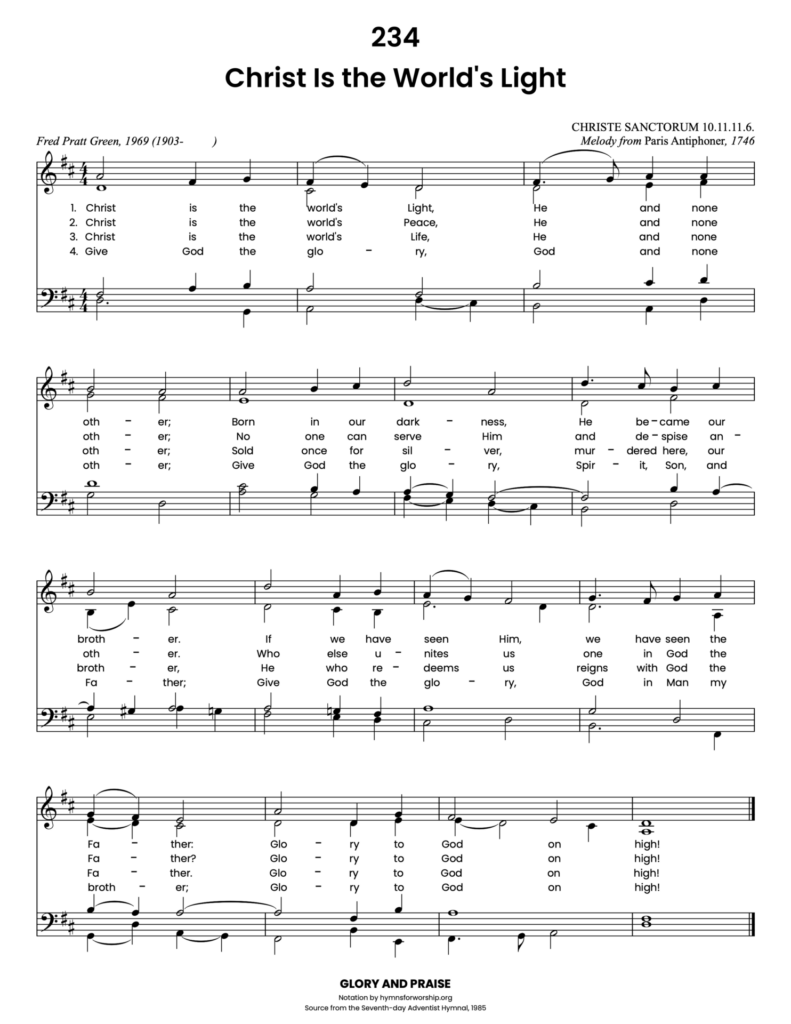
Get the hymn sheet in other keys here
Notes
Make each hymn more meaningful with these helpful tools: Short, ready-to-use hymn introductions for church bulletins, multiple ways to introduce a hymn based on your worship theme and in-depth history and insights to enrich your song service.

